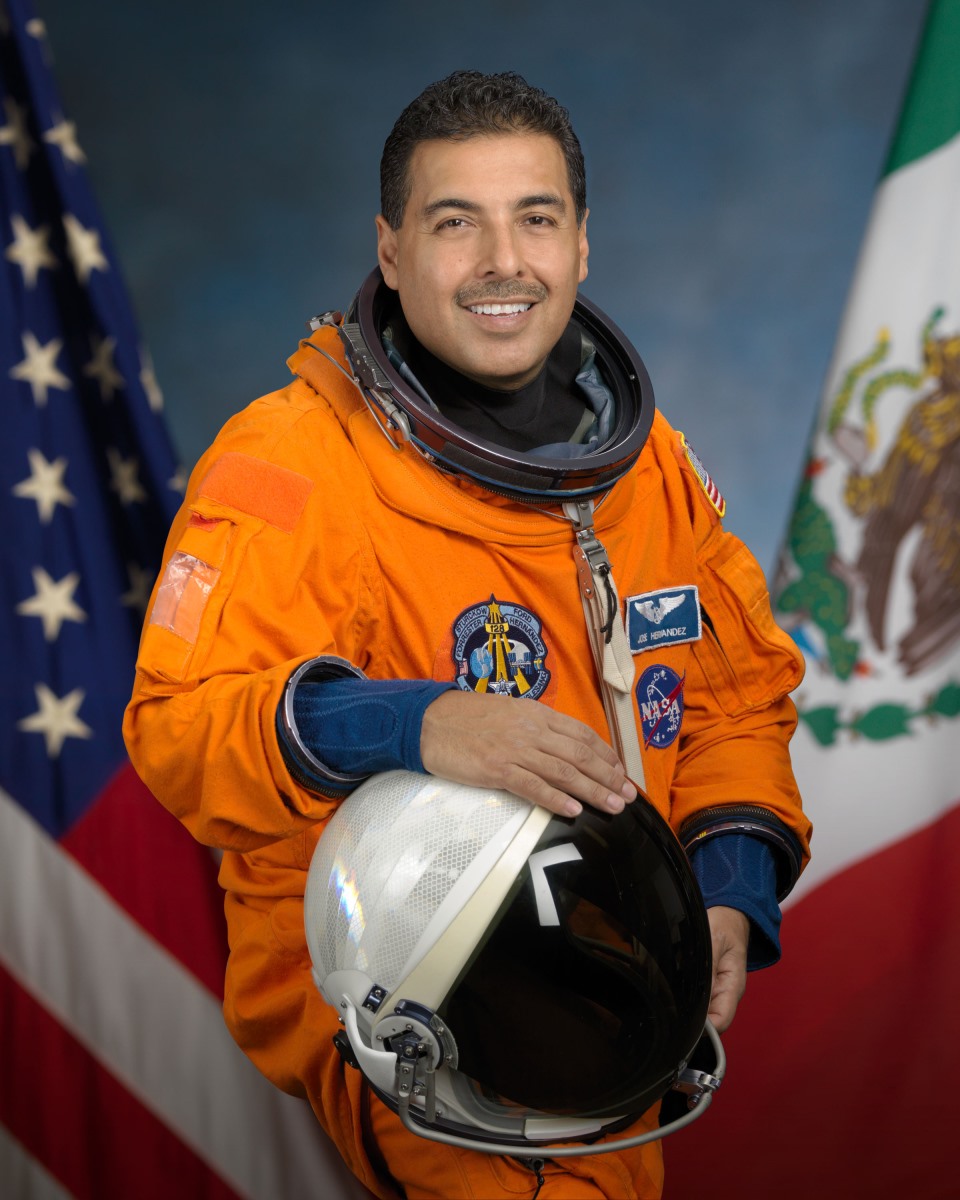CITE Annual Conference
2025 Keynote & Featured Speakers
Quick Links
Attendee HomeRegister HereAgendaSchedule & Events
Keynotes & SpeakersHotel InformationExhibitor Information
Watch the October CITE Conference Speaker Q&A Webinar here.
Keynote Speakers
Kal Penn
Kal Penn is an Emmy-nominated actor, and a writer, producer, and former Associate Director of the White House Office of Public Engagement. He is known for his starring roles in Designated Survivor, House, Mira Nair’s The Namesake, the Harold & Kumar franchise, and the Christmas comedy The Santa Clauses for Disney +. Kal most recently guest hosted two weeks of Comedy Central’s The Daily Show following the departure of Trevor Noah.
From 2009 to 2011, Penn took a sabbatical from the private sector to serve in the Obama/Biden administration as the President’s Liaison to Young Americans, Asian Americans and Pacific Islanders, and the Arts community. In these three outreach roles, he worked on a team focused on issues that included the repeal of Don’t Ask, Don’t Tell, the Affordable Care Act, Pell Grants, the DREAM Act, and rapid response to the BP Oil Spill.

Kal was a national co-chair for the Obama/Biden re-election campaign in 2012 and served on the President’s Committee for the Arts and Humanities, focusing on arts education and cultural diplomacy, including the first-ever US Government arts delegation to Cuba.
Kal received his BA in Sociology with a concentration in Theater, Film, and Television at the University of California, Los Angeles, and a Graduate Certificate in International Security from Stanford University. He is a member of the Council on Foreign Relations, and the Academy of Motion Picture Arts and Sciences. Penn has been an adjunct lecturer at the University of Pennsylvania and the University of California, Los Angeles.
He recently Executive Produced & starred in Bloomberg Green’s climate change docuseries, Getting Warmer, and is in preproduction on the independent feature film, Trust Me, I’m a Doctor.
His bestselling book & audiobook You Can’t Be Serious, about systemic change in Hollywood and politics, is on shelves now.
Dr. Jose M. Hernandez

NASA engineer Jose Hernandez wanted to fly in space ever since he heard that the first Hispanic-American had been chosen to travel into space. "I was hoeing a row of sugar beets in a field near Stockton, Calif., and I heard on my transistor radio that Franklin Chang-Diaz had been selected for the Astronaut Corps," says Hernandez, who was a senior in high school at the time. "I was already interested in science and engineering," Hernandez remembers, "but that was the moment I said, 'I want to fly in space.' And that's something I've been striving for each day since then." And now that hard work has paid off. He was selected to begin training as a mission specialist as part of the 2004 astronaut candidate class.
One of four children in a migrant farming family from Mexico, Hernandez -- who didn't learn English until he was 12 years old -- spent much of his childhood on what he calls "the California circuit," traveling with his family from Mexico to southern California each March, then working northward to the Stockton area by November, picking strawberries and cucumbers at farms along the route. Then they would return to Mexico for Christmas, and start the cycle all over again come spring.
"Some kids might think it would be fun to travel like that," Hernandez laughs, "but we had to work. It wasn't a vacation."
After graduating high school in Stockton, Hernandez enrolled at the University of the Pacific in Stockton, where he earned a degree in electrical engineering and was awarded a full scholarship to the graduate program at the University of California in Santa Barbara, where he continued his engineering studies. In 1987, he accepted a full-time job with Lawrence Livermore National Laboratory where he had worked as a co-op in college.
While at Lawrence Livermore, Hernandez worked on signal and image processing applications in radar imaging, computed tomography, and acoustic imaging. Later in his career, Hernandez worked on developing quantitative x-ray film imaging analysis techniques for the x-ray laser program. Hernandez applied these techniques in the medical physics arena and co-developed the first full-field digital mammography imaging system. This system has proven useful for detecting breast cancer at an earlier stage than present film/screen mammography techniques. Hernandez has won recognition awards for his work on this project. He has also worked in the international arena where he represented Lawrence Livermore and the U.S. Department of Energy on Russian nuclear non-proliferation issues.
During the astronaut application process, Hernandez had to meet with a review board. That's where he came face-to-face with his original inspiration: Franklin Chang-Diaz.
"It was a strange place to find myself, being evaluated by the person who gave me the motivation to get there in the first place," Hernandez says. "But I found that we actually had common experiences -- a similar upbringing, the same language issues. That built up my confidence. Any barriers that existed, he had already hurdled them."
Hernandez smiles. "Now it's my turn!"
